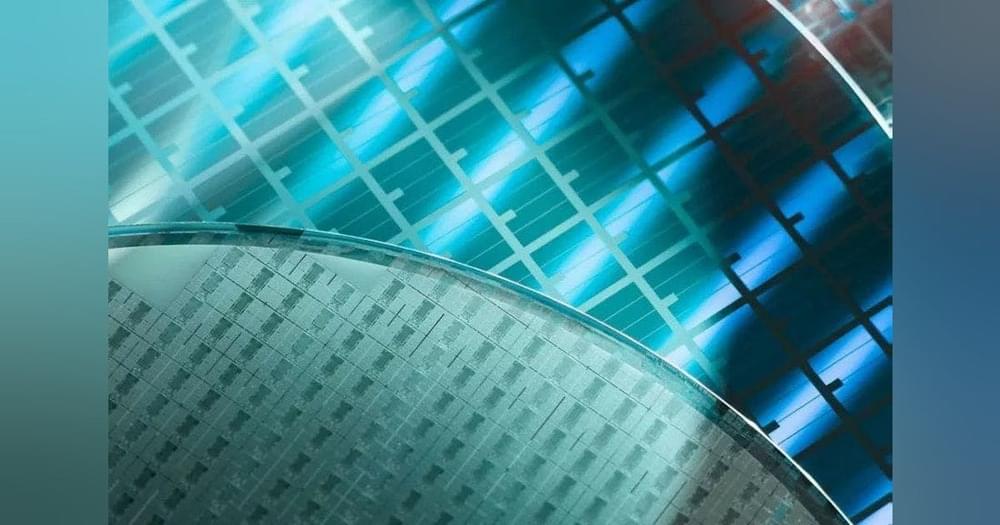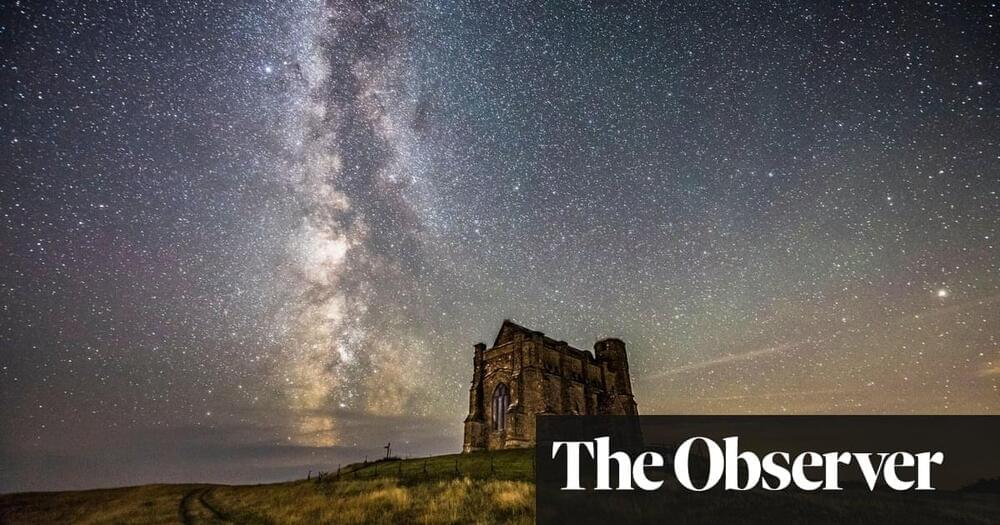Generations of scientists have compared the universe to a giant, complex game, raising questions about who is doing the playing – and what it would mean to win.


Generations of scientists have compared the universe to a giant, complex game, raising questions about who is doing the playing – and what it would mean to win.

WASHINGTON — The National Aeronautics and Space Administration (NASA) has announced that the agency is seeking assistance from industry as it begins a study into its Geostationary Littoral Imaging and Monitoring Radiometer (GLIMR) Access to Space (ATS) approach.
The GLIMR mission aims to provide transformative rapid observations of dynamic coastal zone ecosystems throughout the Gulf of Mexico (GoM) and coastal continental U.S. (CONUS). Its goal is to observe and monitor ocean biology, chemistry, and ecology to help protect ecosystem sustainability, improve resource management, and enhance economic activity. This includes identifying and tracking harmful algal blooms and oil spills, while also observing, quantifying, and understanding processes associated with rapid changes in phytoplankton growth.
The GLIMR ATS scope is expected to include several key components and activities: the spacecraft itself, the launch vehicle, the integration and testing of the GLIMR payload with the spacecraft, and the integration of the spacecraft with the launch vehicle and subsequent launch. It will also cover the command uplink from the industry-provided Mission Operations Center (MOC), the downlink of GLIMR engineering and science telemetry to industry-allocated ground stations, and the delivery of error-checked GLIMR data to various mission partners. Additionally, it encompasses all related tasks and support required during the planned GLIMR Mission, such as pre-launch planning, launch support, in-orbit check-out, and operations.

ABERDEEN PROVING GROUND, Md. – U.S. Army electronic warfare (EW) experts are reaching out to industry for new ways to design electronic payloads that counter enemy positioning, navigation, and timing (PNT).
Officials of the Army Contracting Command at Aberdeen Proving Ground, Md., issued a request for information (W56KGURTI-24-R-1001) on Friday for the Counter-PNT Navigation Warfare Defeat project.
Counter-PNT seeks to defeat enemy satellite navigation and timing systems, such as the U.S. Global Positioning System (GPS), which are essential for navigation, communications, weapons guidance, surveillance, transportation, and financial transactions.

CHARLOTTE, N.C. – Honeywell Inc. in Charlotte, N.C., will acquire CAES Systems Holdings LLC in Arlington, Va., to boost Honeywell’s electromagnetic military technologies for RF signals management under terms of a $1.9 billion cash deal.
This acquisition, announced last Thursday, will enhance Honeywell’s defense technologies in critical military systems like the F-35 and EA-18G military aircraft, the AMRAAM and GMLRS military weapons, radar, and uncrewed systems.
Combining the two companies also can boost capabilities in radiation-hardened integrated circuits for applications ranging from military nuclear forces to so-called rad-tolerant electronic components for commercial new space uses.

HELSINKI — Kazakhstan has signed a memorandum on cooperation on the China-led ILRS and will also explore commercial use of each other’s spaceports.
The agreement was signed during Chinese President Xi Jinping’s visit to Kazakhstan July 3, which saw the signing of 30 documents between the two sides. The development further bolsters China’s lunar exploration plans.
A joint statement issued by the Chinese Ministry of Foreign Affairs stated that the “two sides support exchanges and cooperation between the two countries’ aerospace agencies and enterprises in the peaceful use of outer space, promote mutually beneficial cooperation in the moon and deep space, and reception and exchange of remote sensing data.”

An international research group led by the Italian National Institute for Astrophysics (INAF) and comprising 34 research institutes and universities worldwide utilized the Near-Infrared Spectrograph (NIRSpec) on board the James Webb Space Telescope (JWST) to witness the dramatic interaction between a quasar inside the PJ308–21 system and two massive satellite galaxies in the distant universe.
The observations, made in September 2022, unveiled unprecedented and awe-inspiring details, providing new insights into the growth of galaxies in the early universe. The results, presented July 5 during the European Astronomical Society (EAS 2024) meeting in Padua (Italy), will be published soon in Astronomy & Astrophysics.
Observations of this quasar (already described by the same authors in another study published last May), one of the first studied with NIRSpec when the universe was less than a billion years old (redshift z = 6.2342), have revealed data of sensational quality: the instrument “captured” the quasar’s spectrum with an uncertainty of less than 1% per pixel.

Using the repurposed equipment, a team including Imperial College London researchers have measured parts of the Martian atmosphere that were previously impossible to probe. This includes areas that can block radio signals if not properly accounted for—crucial for future Mars habitation missions.
The results of the first 83 measurements, analyzed by Imperial researchers and European Space Agency (ESA) colleagues across Europe, are published today in the journal Radio Science.
To achieve this, ExoMars’ Trace Gas Orbiter (TGO) teamed up with another ESA spacecraft orbiting the red planet: Mars Express (MEX). The two craft maintain a radio link, so that as one passes behind the planet, radio waves cut through the deeper layers of the Martian atmosphere.
Go to https://tryfum.com/ORANGERIVER or scan the QR code and use code ORANGERIVER to get your free FÜM Base when you order your Journey Pack today.
#forallmankind #scifi #space.
For All Mankind is a sci-fi series set in an alternate history where the Space Race never ended. But what are some of the key technological and cultural changes of this timeline, and are they really more desirable than our history?
Join this channel to get access to perks:
/ @orangeriver.
Written by OrangeRiver.
Script advisor: Tyler King.
Filmed by @KinzieK
Edited by @TimMeierOK \& OrangeRiver.
- Music in this video

